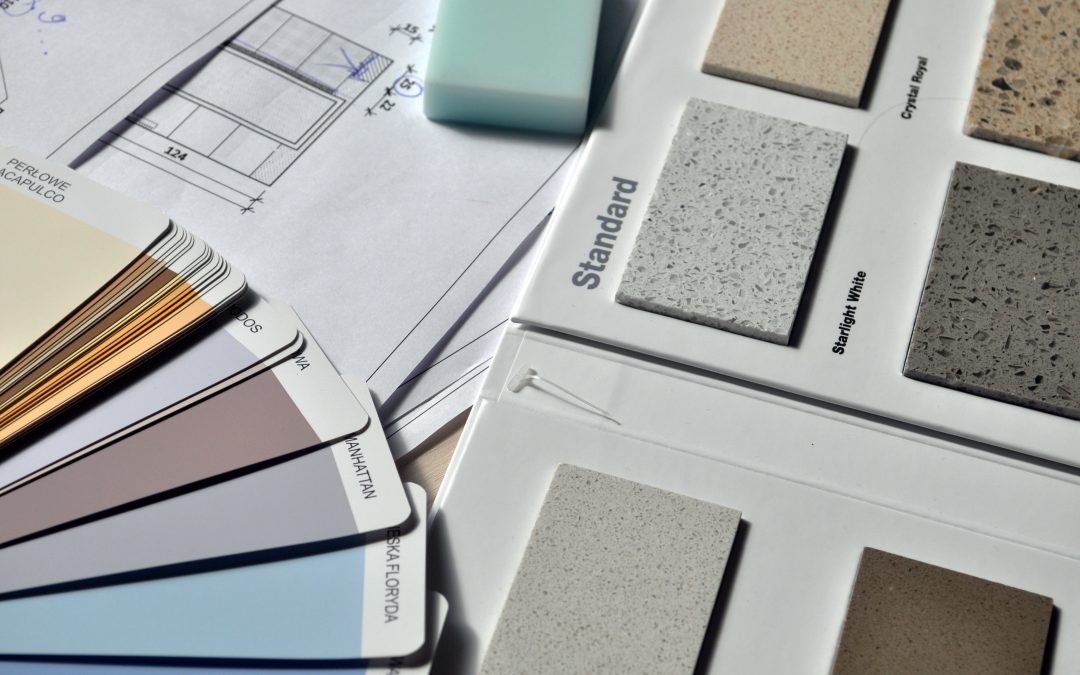I’m here to take you on a journey through time and space to rediscover the earth beneath our feet.
Back in the day, everyone walked on dirt floors. I mean, talk about a cleaning nightmare, am I right? But don’t worry, we’ve come a long way since then. Or have we? That’s debatable, but let’s not get sidetracked.
Let’s start with the Egyptians, who were ahead of the game with their cozy woven mats way back in 3,000 B.C.E. And then they took things up a notch with their clay tiles and brick floors. Keeping your feet in the Pharaoh-zone, huh? Those same clay tiles were found during the Middle Ages and are still in use today in some parts of the world.
But then the Greeks came along and started using marble and other stones to create beautiful designs and patterns. And just when you thought it couldn’t get any fancier, the Romans blew everyone away with their mosaics made of small stones and tiles. They also used concrete to create durable floors that were easy to maintain. I mean, say what you want about the Italians, but they love their ‘cheramic’ – at least their floors lasted.
Ah, the Middle Ages. When the rich walked on floors made of mahogany and walnut, and the poor walked on dirt. It’s a good thing they didn’t have social media back then, or we’d be seeing a lot of #peasantenvy on our timelines!
But then, thanks to the Industrial Revolution, wood flooring became mass-produced and more widely available. No longer just for the rich and famous! These new wood floors were hot waxed and buffed to a shiny finish with horse hair floor brushes, as they weren’t the most durable.
The flooring innovations didn’t stop there. In 1863, linoleum was invented, providing an affordable and durable alternative to wood and stone flooring. And then, around the 1930s, vinyl flooring was introduced and quickly became popular for its durability and low cost. It’s like the flooring industry was trying to one-up each other in the race for the most unpronounceable name. But hey, at least we know what to call them now. Who knew that something originally used to insulate wires during World War II could end up on our floors? I guess it just goes to show that the flooring industry is really wired for success!”
In the 1960s, carpet was all the rage, especially in homes and offices. The tufting industry blossomed into a $133 million per year business, with carpet accounting for $19 million. I can only imagine how much fun door-to-door vacuum salesmen were having.
In the early 70s, Woodchuck Flooring Inc got its start with our founder, George Nassis. George set the stage for exceptional quality and service in the commercial, residential, and institutional sectors. It was the beginning of Woody the Woodchuck and a 50+ year old, multi-generational family business.You have to hand it to Woodchuck Flooring, we’ve managed to take a material that’s been around for centuries and make it into a thriving family business. We really nailed it!
Back to our wood history. In the 80s, laminate flooring was introduced under the brand name of Pergo, providing a cost-effective alternative to hardwood flooring. And by the late 90s, laminate flooring found a following in the United States, being used not only on floors but on countertops and walls too. The options seemed endless. Who would have thought that floors could be so versatile? Laminate floors can now be used on walls and countertops too! It’s like the Swiss Army Knife of flooring. Next thing you know, we’ll have floors that can make your morning coffee.
Nowadays, there are so many flooring options to choose from, including traditional hardwood and stone, vinyl, and laminate. Homeowners can pick from a range of colors, patterns, and textures to suit their style and budget. We’ve come a long way from dirt floors!
But the story doesn’t end here. With new technologies and trends emerging all the time, who knows what kind of flooring we’ll be walking on in the future? One thing’s for sure, we’ll never tire of making flooring jokes. They always really “floor” us!
